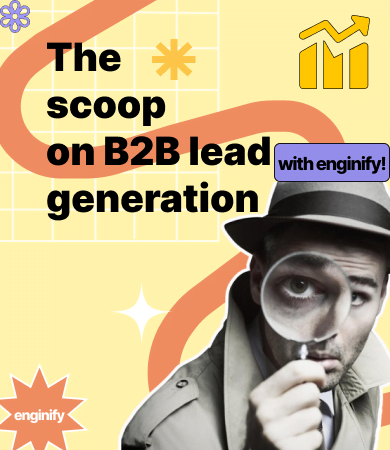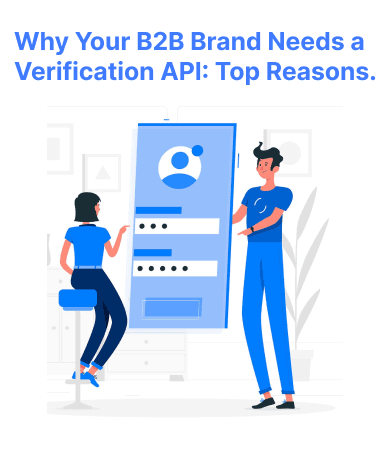In the thrilling world of digital marketing, where every move can lead to monumental growth, lead generation and affiliate marketing are two formidable strategies that often get tangled. Though both aim to amplify revenue and broaden reach, they wield different powers: lead generation focuses on attracting potential customers directly through targeted engagement, while affiliate marketing leverages partnerships to drive sales via trusted promoters. This high-energy guide will unravel their unique strengths and challenges, offering you actionable insights to master these techniques and harness their full potential. Prepare to elevate your marketing game and dominate the digital landscape!
Lead Generation vs. Affiliate Marketing: Which One’s Right for You?
September 2, 2024 | by Sonika Thapa










